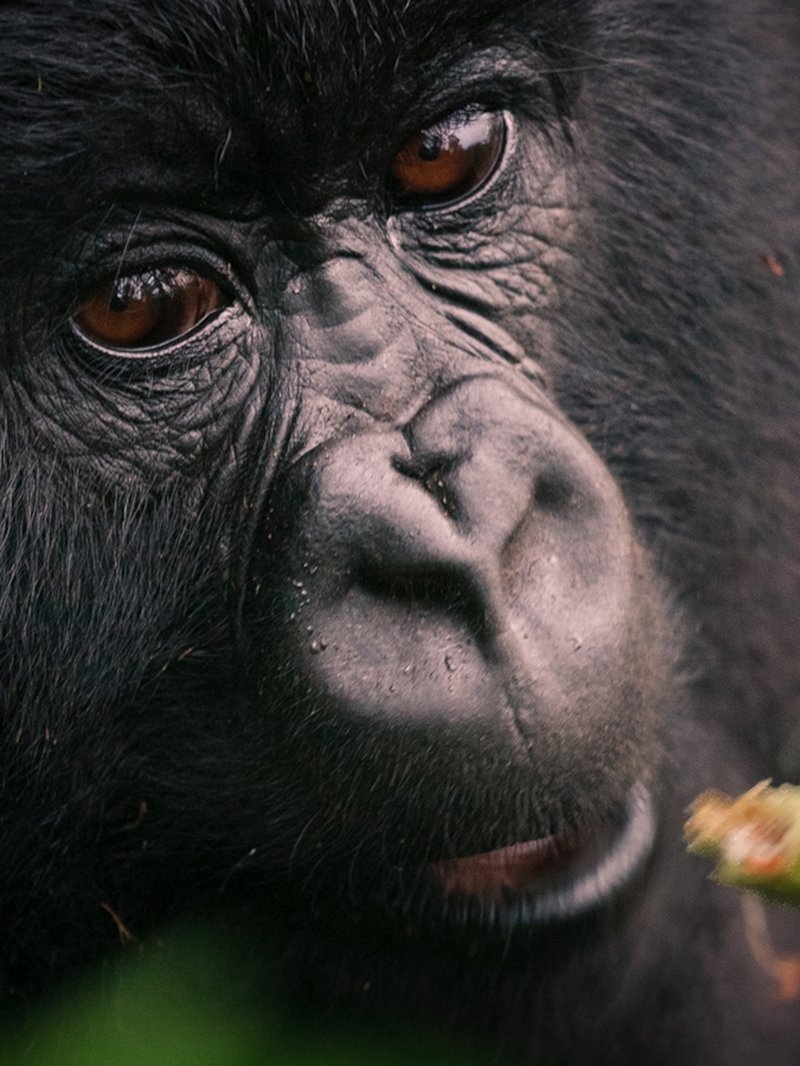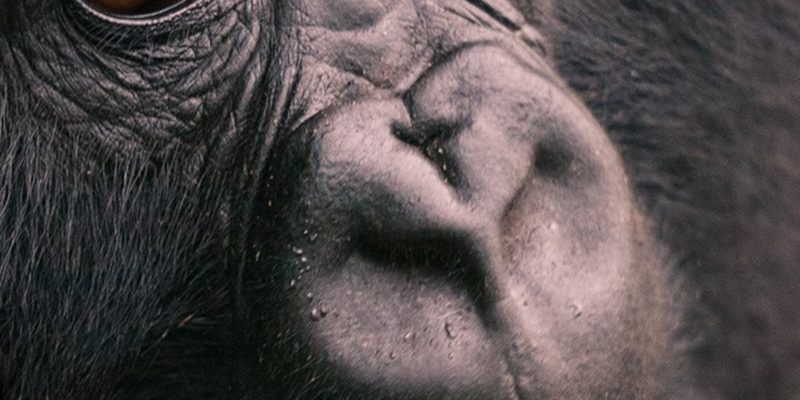
Western gorillas are fascinating creatures, and their ability to adapt is nothing short of remarkable. While they might look like big, cuddly bears, they face serious issues in their natural habitat—from deforestation to hunting. Let’s dive into how these incredible animals not only survive but also thrive in environments that can sometimes feel more like a battleground than a peaceful jungle.
Understanding Their Habitat
Western gorillas live primarily in the dense rainforests of Central Africa. These forests are warm and humid, providing a rich environment filled with food sources like fruits, leaves, and stems. However, not every area is equally inviting. **Deforestation** and agricultural expansion have created pockets of habitat that are fragmented and less hospitable. These changes mean gorillas must adapt quickly to survive.
The forests of the Congo Basin, where many western gorillas reside, can face extreme weather patterns as well. Heavy rains followed by dry spells can ruin food sources. In these situations, gorillas demonstrate impressive problem-solving skills by traveling greater distances to find food. They are naturally curious and intelligent, which helps them navigate these challenges rather than simply retreating.
Diet and Foraging Strategies
A key aspect of how Western gorillas survive in harsh environments is their diet. These gorillas have a flexible diet, which is crucial when certain foods become scarce. They primarily consume leaves, stems, fruits, and flowers. Depending on the season, they will adjust their foraging strategies.
During fruiting seasons, they might feast on ripe bananas or berries, while in drier periods, they’ll turn to tougher greens or back to bark and stems. This adaptability allows them to maximize their nutrient intake when conditions change. You might say, “These gorillas are the ultimate food critics!”—always adjusting their menu based on what’s available.
Additionally, Western gorillas sometimes use tools, like sticks, to help them reach food that’s higher up. This intelligence is a big part of their survival strategy.
Gorillas and Social Structure
Social structure plays a critical role in their survival. Western gorillas live in family groups, usually headed by a dominant male known as a silverback. This social hierarchy provides safety in numbers. The silverback protects the group from external threats, including predators and rival groups.
Within the group, the gorillas share responsibilities, like caring for young ones and foraging together. This teamwork is essential. If one member of the group finds a food source, they’ll communicate to the others, ensuring everyone gets to eat. It’s a communal approach that strengthens their bond and boosts their chances of survival.
Adaptation to Environmental Stressors
As the world changes, Western gorillas have to adapt to new threats like climate change and human activity. One major stressor is habitat loss due to logging and agriculture. As trees are cut down, gorillas lose shelter and food sources. This is where their adaptability shines through. They are capable of finding new routes and areas to forage for food, albeit with some difficulty.
Gorillas also face threats from poaching and hunting, which have made them critically endangered. Conservation efforts have been important in providing them protected areas where they can thrive. Being part of programs that focus on *anti-poaching* initiatives helps ensure that their populations can maintain a better chance of survival against these environmental stressors.
Behavioral Adaptations
Western gorillas are not just physically adaptable; their behaviors also play a big role in how they manage challenges. For instance, they are excellent communicators. They use a range of vocalizations, gestures, and facial expressions to convey messages to one another, whether it’s about danger or exciting new food finds.
Additionally, gorillas have learned to adjust their activity patterns based on the presence of predators or human activity. If they notice signs of danger, they might change their foraging times, opting for early morning or late evening to avoid potential threats. This behavioral flexibility is crucial for their survival in an ever-changing landscape.
Conservation Efforts: A Helping Hand
Conservation organizations are crucial in helping Western gorillas adapt to ongoing challenges. Many groups are working tirelessly to protect their habitats and educate local communities about the importance of gorilla conservation. By supporting eco-tourism and sustainable practices, they’re creating alternatives to logging and poaching, allowing gorillas to thrive.
These efforts not only benefit the gorillas but also the local communities. When people see the value in protecting wildlife, they’re less likely to exploit resources. It’s a win-win situation: gorillas find a safe haven, and communities can thrive while preserving their natural heritage.
The Role of Research and Technology
Research plays a significant role in understanding how Western gorillas survive. Biologists and conservationists study their behavior, habitat preferences, and social structures to gain insights into their needs. Modern technology, like GPS tracking, allows researchers to monitor gorilla movements and habits in real-time.
This data helps conservation organizations implement targeted strategies to protect these animals. For instance, if researchers find that a specific area is vital for food resources, efforts can be made to ensure it remains protected from deforestation or human encroachment.
Western gorillas are incredible survivors, adapting to some of the harshest environments you can imagine. From their flexible diets and social structures to their ability to adjust behaviors, these magnificent creatures show us the importance of adaptability in the face of adversity. The ongoing efforts in conservation, combined with research and technology, provide hope for a brighter future for these amazing animals. With a bit of support, we can help ensure that Western gorillas continue to thrive in their home habitats, navigating challenges with the intelligence and strength they’ve always had.

